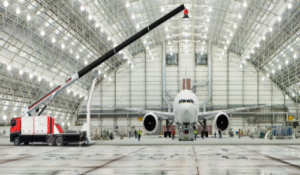The first stainless steel bus in India was built at the Maharashtra State Road Transport Corporation (MSRTC) workshop in Aurangabad, Maharashtra. It was inaugurated on 12 February 1988, operating on the Mumbai-Ratnagiri route.
- Material Innovation:
Stainless steel body made the bus more durable and corrosion-resistant.
Reduced wear and tear, especially for coastal routes where humidity and salt exposure are high.
- Enhanced Longevity & Safety:
Rust-resistant construction extended the bus’s lifespan compared to conventional iron-bodied buses.
Stronger frame improved passenger safety and structural integrity.
- Lighter & More Fuel-Efficient:
Lighter body weight increased fuel efficiency.
Reduced maintenance costs for MSRTC over time.
- Route & Service:
First deployed on the Mumbai-Ratnagiri route, known for its hilly terrain and coastal climate.
Later expanded to other long-distance routes in Maharashtra.
Pioneered the use of stainless steel in bus manufacturing, influencing later designs.
Helped MSRTC and other transport corporations reduce operational costs.
Set the stage for modern bus designs, including today’s low-floor and luxury coaches.
Inspired other states to explore stronger, more durable bus materials for public transport.
This 1988 innovation marked a significant technological advancement in India’s public transport sector, paving the way for stronger, safer, and more efficient buses across the country.







